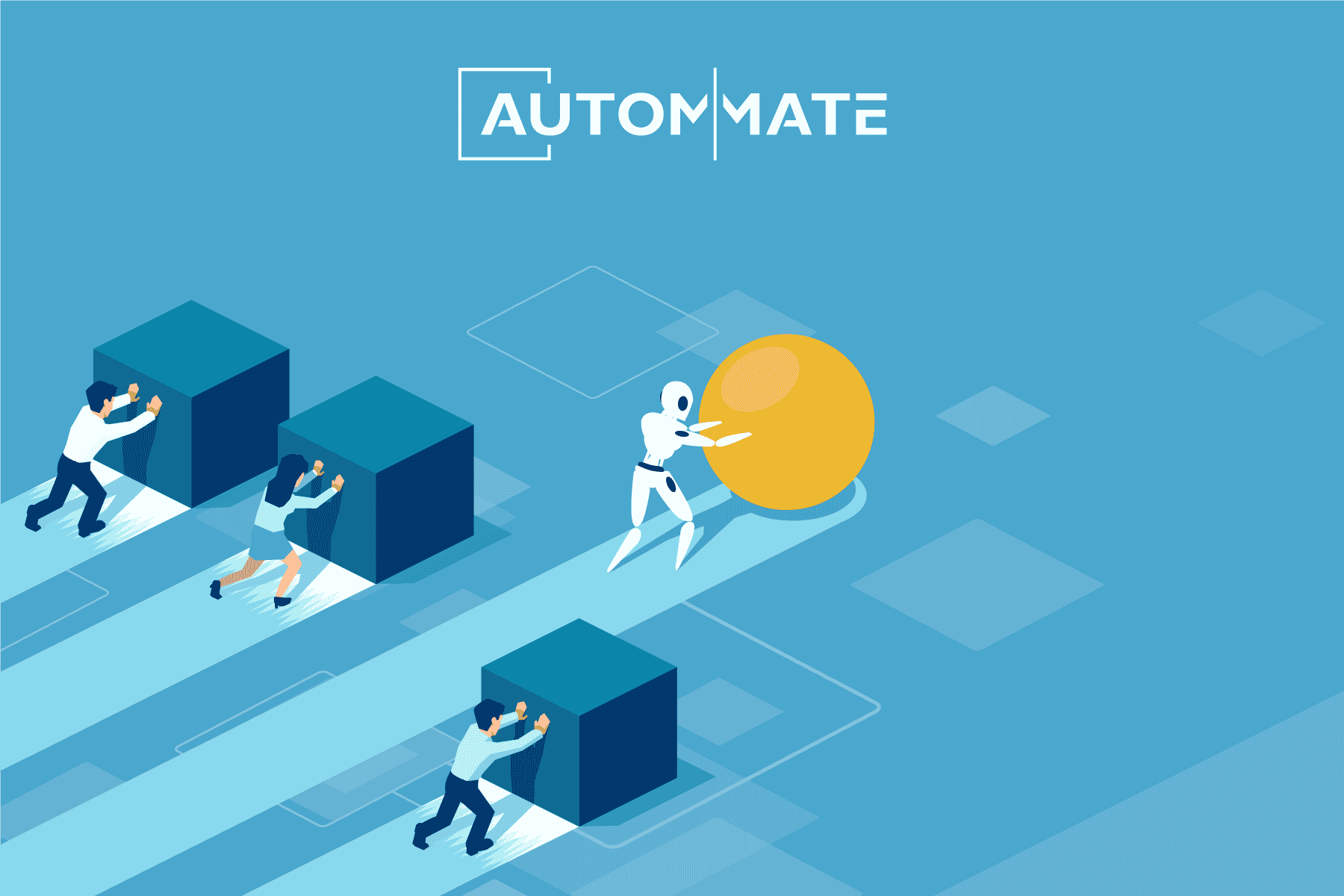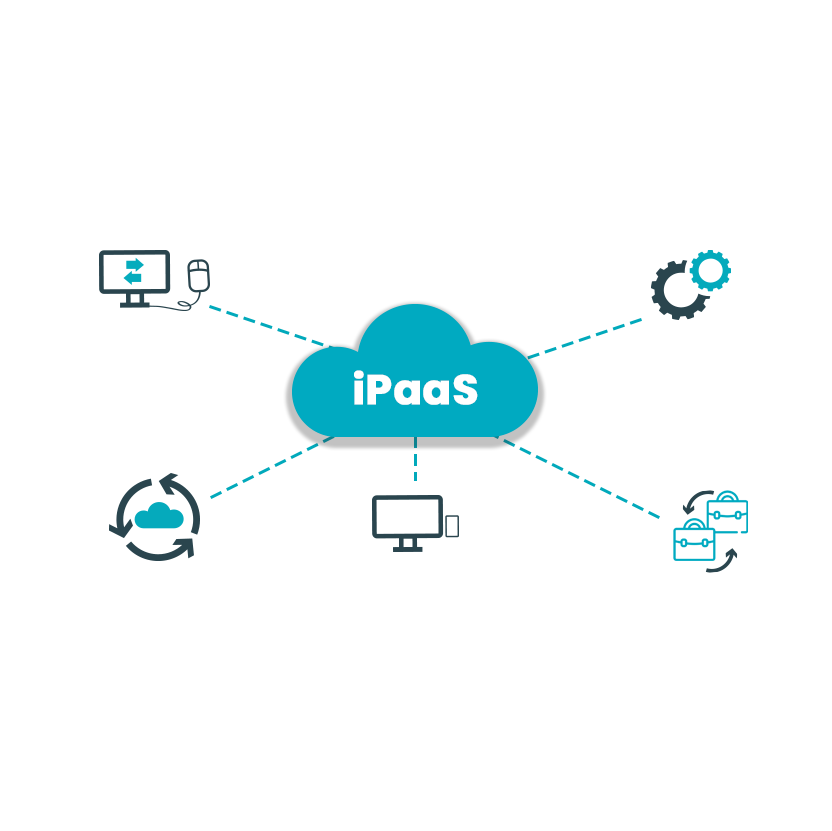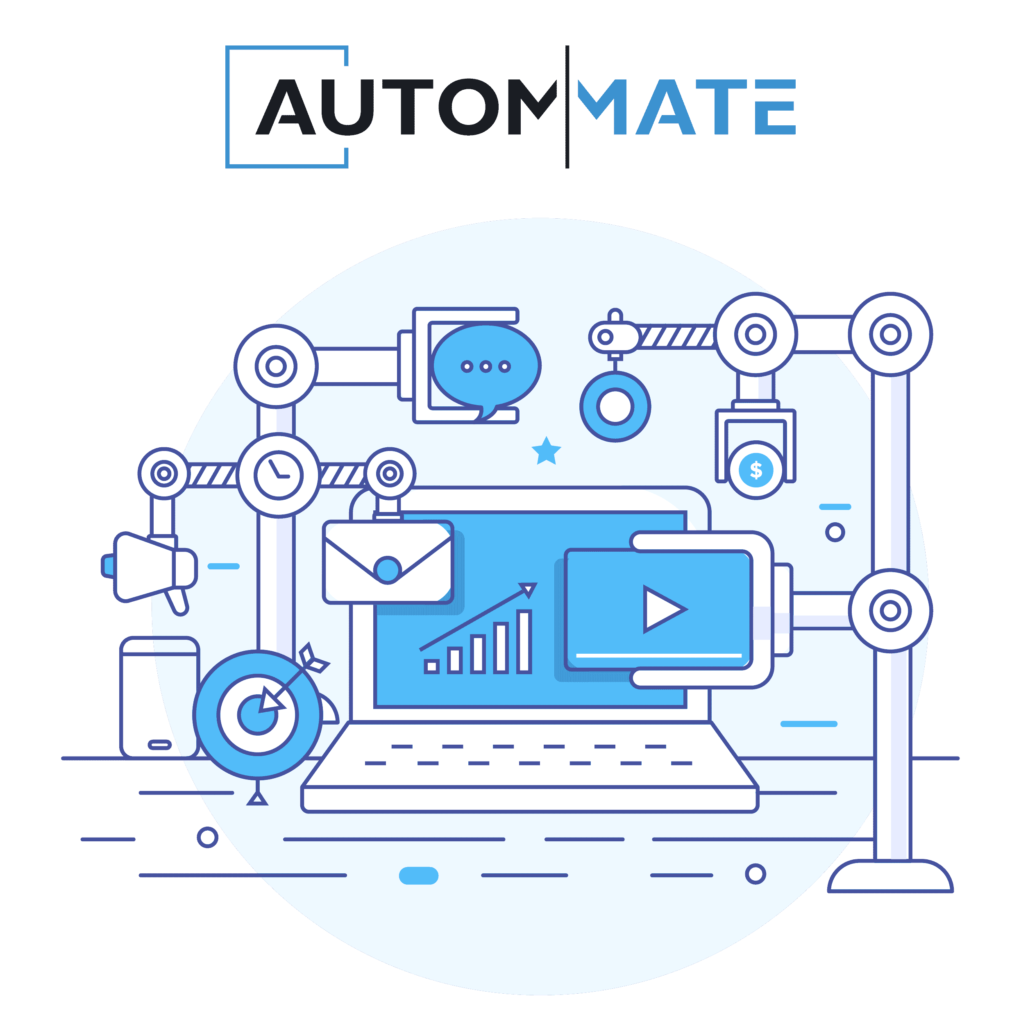Times are changing, and so is the way we work. These days, we hear the word ‘revolution’ more than often, but if there’s one term that carries the meaning of the word, it is RPA. Short for Robotic Process Automation, RPA is shortly the employment of computer software “robots” to manage routine, rule-based digital processes. RPA can be used to automate repetitive operations, which not only boosts productivity and saves money for businesses but also frees up people to focus on more important business matters. Using RPA technologies, a company can build up software, or a “robot,” to record and interpret applications for managing transactions, modifying data, eliciting responses, and connecting with other digital systems.
The RPA market grew by 31% in 2021 and keeps on thriving.
Discovering RPA’s potential and how it might benefit a business is the simplest approach to getting started. There is a ton of knowledge—and an overabundance of opinion—available regarding the applications of RPA, the outcomes, the benefits, and the drawbacks. There is additional information available about suppliers who produce RPA support software, as well as best practices organisations, can apply to attain the desired results. In this blog, we’ll discover the digital transformation that’s led by RPA.
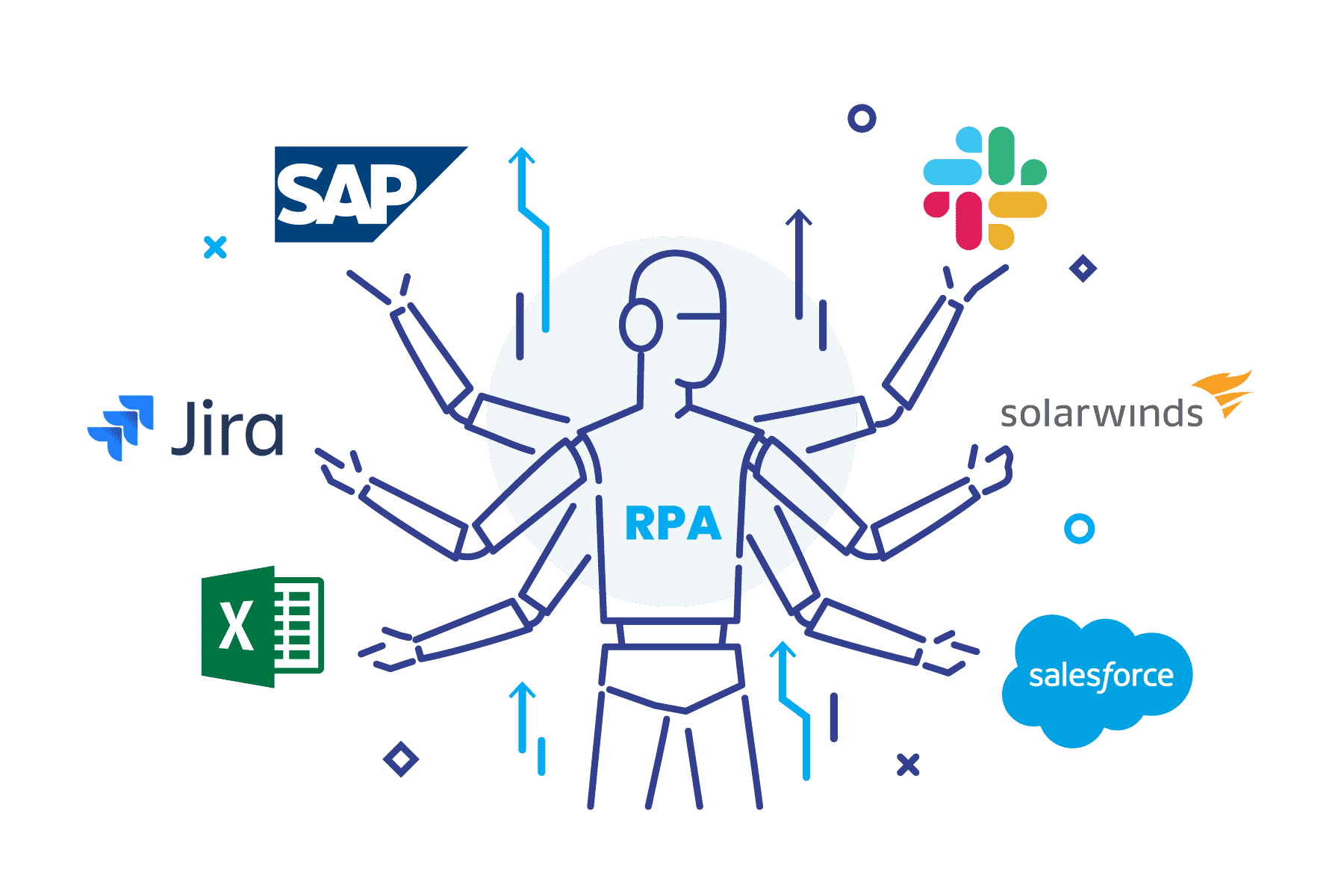
The Benefits of RPA
With the operating model and IT landscape evolving, each industry should be aware of the use cases for RPA and the benefits it may bring to their operations. Let’s talk about the five important benefits of RPA.
RPA Increases Efficiency
Human effectiveness is limited as they can only devote a certain amount of hours per day. The variable X, in this case, is determined by individual capacity. RPA software, on the other hand, does not require a break. It also does not require sick or vacation time. You can take advantage of it 24 hours a day, 365 days a year. In general, one RPA robot can accomplish the same work as two to five full-time employees.
RPA Enhances Customer Service
RPA is becoming more prevalent in customer service, particularly where it combines with other technologies like AI-powered natural language processing. However, the main advantages in this field right now come from lessening employee involvement in monotonous jobs. Employees must devote a significant amount of time and focus to providing excellent customer service, which is a high-maintenance, high-commitment process. Staff can focus more on clients by spending less time on routine administrative activities. Resolution times will quicken, disagreements will be fewer, and customers will be more satisfied with your business as a whole.
RPA Produces Data for Important Analytics
RPA technologies enable businesses to compile task execution data that may be used for analytical purposes. Among these are variations in work volume, cycle times, mistakes, and exceptions. Perceptions obtained from such analysis can be useful in a number of ways, including assisting initiatives for process improvement. Effective data collection, comparison, and differentiation with data from other disciplines enable better decision-making at both the micro and macro levels. The business can also identify areas where its business procedures could be further simplified to increase efficiency.
RPA Enhances Accuracy
Robots are always correct, always consistent, and always following the rules. The more work you delegate to computers, the fewer technical errors you make and the more time you save from not having to go back and fix them. Eliminating the smallest errors that people make can have a significant overall influence on your cost structure & customer satisfaction levels.
RPA Increases Productivity
The majority of robots created using the RPA technique are totally concentrated on particular jobs. Consider an RPA bot that enables a worker to produce a monthly report in 20 minutes as opposed to four hours when done manually. In a matter of seconds, the robots can compute, click, and move around the screen. This time savings is insufficient to allow the robot to take the job of the worker. However, it increases that employee’s productivity, which will help future cost avoidance. The business will experience an increase in productivity thanks to process automation.
Who Should Use RPA?
When firms discover that the other integration/automation methods are maybe too costly or time-consuming, RPA can be taken into consideration. RPA should be evaluated in comparison to other technical choices and with some knowledge of process change management. Industries can automate activities across different systems thanks to robotic process automation. When an industry uses RPA, it may automate all of its labour- and time-intensive backend procedures, including infrastructure and workflow. Robotic process automation allows businesses of all sizes to totally eliminate the risk of human mistakes in their operations. Industries that take advantage of RPA the most are the following:
- Retail
- Telecommunications
- Banking
- Manufacturing
- Information technology
- Insurance
- Finance
- Property management
- Healthcare
- Customer care
RPA Journey
Prior to implementation, careful thought must be given to internalising a tech and choosing the appropriate process for the activity. As a general rule, RPA deployment is more appropriate for manual, repeatable, & rule-based procedures. The company must first choose the right method in order to achieve a successful result. They must also explain what is anticipated from the implementation. As an illustration, RPA will increase processing efficiency by at least five times. In other words, in order to apply RPA, a firm must establish the standards by which it will choose the correct process for automation.
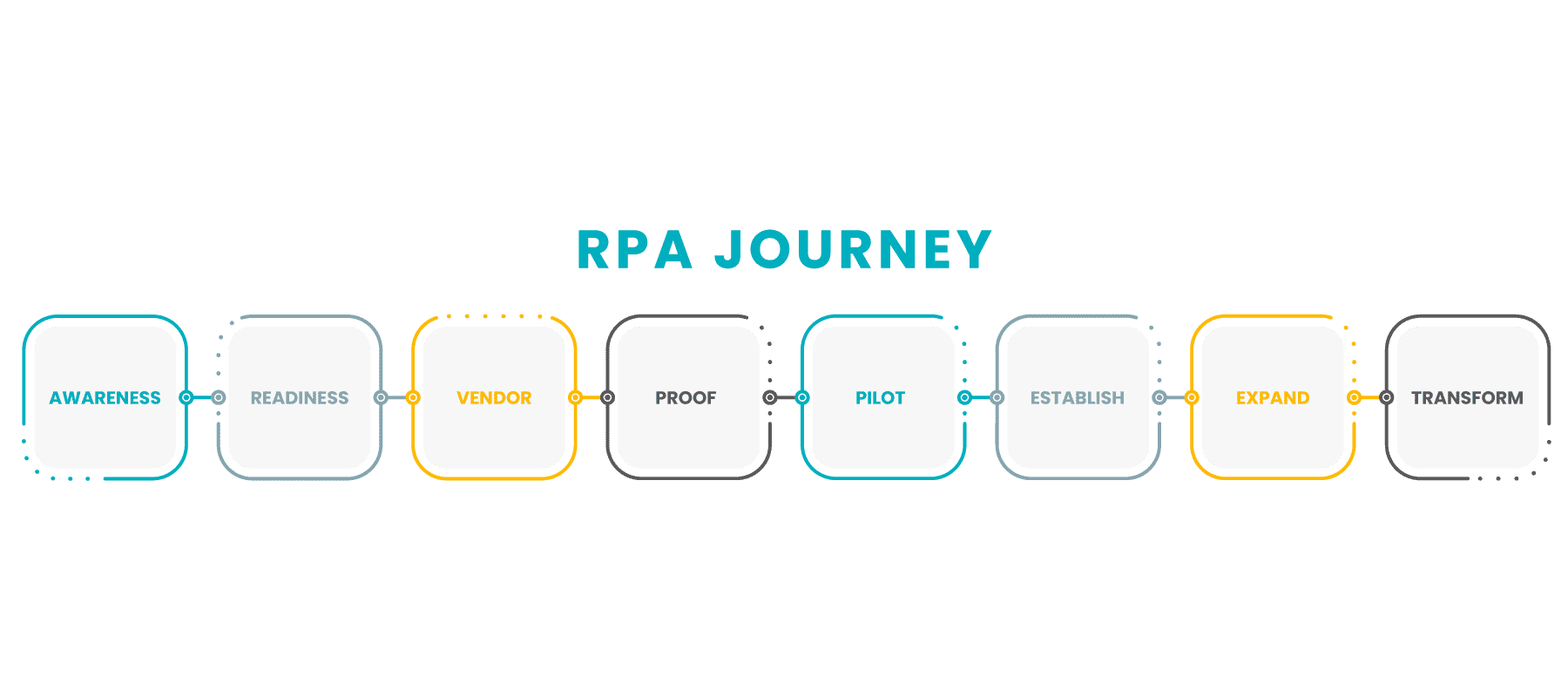
Let’s take a look at the various stages of the RPA journey:
- Awareness
- Readiness
- Vendor
- Proof
- Pilot
- Establish
- Expand
- Transform
What’s Next for RPA?
The idea of RPA is to automate everything within an organisation that is automatable. Organisations that practice automation use technologies like robotic process automation (RPA) and artificial intelligence (AI) to automate particular workflows and streamline business operations, which begin automation into the next phase step by step: hyperautomation.
With Autom Mate, the future has arrived! Autom Mate is an artificial intelligence-powered RPA platform. It aids in the automation of repetitive tasks through the use of 100% web-based drag-and-drop design tools that do not require any programming knowledge. The Autom Mate Platform provides an all-encompassing solution by merging numerous production applications. Thanks to the marketplace’s selection of ready-to-use bots, you can automate your process quickly and keep tabs on its status. You can accomplish your enterprise automation & integration goals with Autom Mate AI-powered, next-generation RPA.


